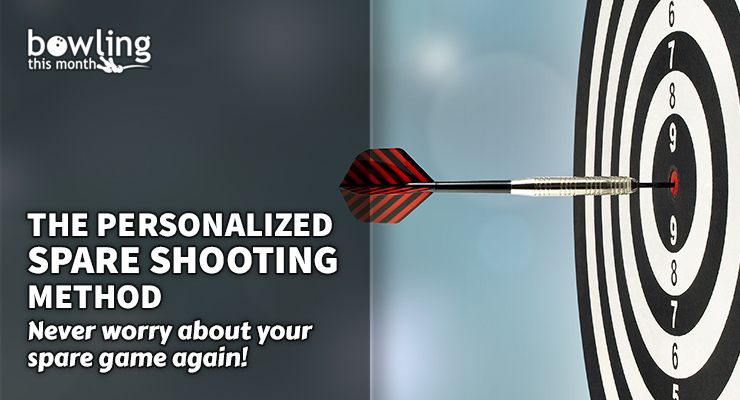Article Contents
- 1. The foundations of the personalized method
- 2. The method
- 2.1. Step 1: Find your best spare line for the same-side corner pin
- 2.2. Step 2: Find your foot/body position for the opposite-side corner
- 2.3. Step 3: Do the math
- 2.4. Step 4: Find foot positions for the other pins
- 3. Why this works
- 4. Multi-pin combinations
- 5. Double wood
- 6. Conclusion
Note: This article is only available to Bowling This Month subscribers.
Over the years, many coaches have introduced different spare shooting systems claiming to have improved the accuracy or repeatability of the process. Recently, Coach Joe Hoenig did a thorough review of the most popular spare systems out there, and I realized that in all my years writing for Bowling This Month, I’ve never shared my method for teaching spare shooting. I’ve chosen those words carefully because I don’t have a “system” that I teach my bowlers. With bowlers coming in all shapes and sizes, with unique swing shapes, release points, and preferences, I believe that no single system can be taught and expected to fit everyone, or even the majority of bowlers.
More accurately, I have a systematic approach to teaching spare shooting that is personalized to each player. Over the years, this method has proven successful with beginners and experts, youth bowlers and seniors, competitive and recreational players, but no two bowlers’ systems are 100% identical.
Generally, this process happens in the span of a single one-hour lesson, but it might take a little longer doing it by yourself for reasons I’ll discuss as we go through this process. Before diving into this approach and overall spare shooting strategy, let’s review the foundations.
The foundations of the personalized method
There are three fundamental tenets to shooting spares if you want to become a great spare shooter, and they form the foundation of this personalized approach:
- Throw the ball as straight as possible at spares.
- Use the same target board for all of your single pins.
- Square your body to the target pin (not the target board).
Some people will disagree with the first two, arguing that if this is “personalized,” it should allow more flexibility than these three points seem to give. I’ve covered the value of throwing it straight in my only other spare shooting article, What to Do in Your Spare Time, and while there are a few successful exceptions out there, we don’t look to the exceptions when creating general principles. Instead, we look to best practices and experience. Most importantly, this method is meant as a systematic approach for learning to shoot spares, or to identifying and correcting flaws in a bowler’s spare game.
As we’ll see going forward, some of these foundations are necessary for this system to work, and experience has taught me that this method is both effective and stands the test of time with ...
Already a premium member? Click here to log in.


 (Only
(Only 